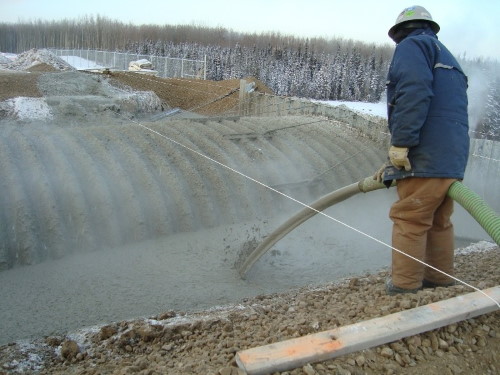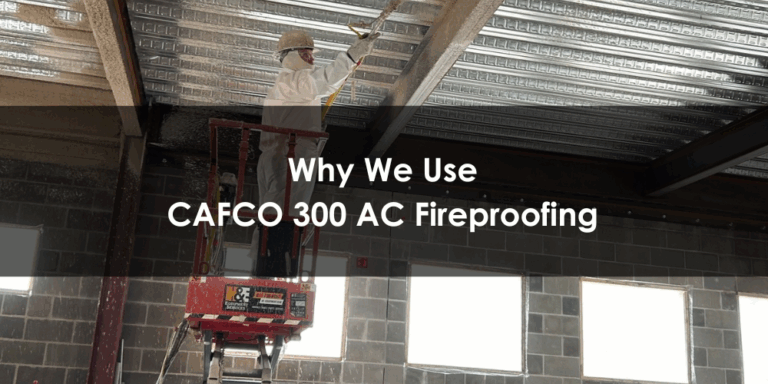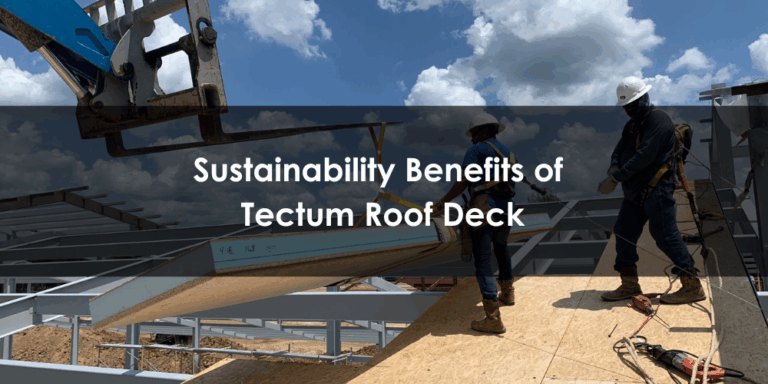There are many options when determining the type of material to use for engineered fill on your project. For many applications, flowable fill is your best choice for geotechnical applications requiring engineered fill.
What is Structural Fill vs. Engineered Fill?
Engineered fill and structural fill are often used interchangeably. Structural fill most commonly refers to earthen materials that are compacted to create a strong and stable base. This is the most basic type of fill. At Nettles, we define engineered fill as any fill that is designed and placed according to a precise engineered specification. This ensures the fill material performs as required.
What is Engineered Flowable Fill?
Engineered Flowable Fill is an engineered fill material that is placed wet and “flows” into place. In many cases, on-site mixing and pumping equipment is used making this process much less disruptive than traditional engineered fill, which must be hauled in and placed with heavy earth moving equipment.

What is Low-Density Cellular Concrete (LDCC)?
The Nettles team uses Low-Density Cellular Concrete (LDCC) for our engineered fill applications. LDCC is a mixture of Portland Cement, water and preformed foam that can be formulated to achieve specific densities and strengths. This makes LDCC ideal for many geotechnical applications.
What are the advantages of LDCC over traditional Engineered Fill?
LDCC has several advantages over traditional engineered fill, including:
- LDCC can be pumped into place from a distance: Traditional engineered fill requires heavy earth moving equipment to move fill into place and compact it. With LDCC, the fill can be pumped into place from over 1,000 feet away.
- LDCC is lighter and stronger and reduces dead loads: Because of the high strength/low density of LDCC, dead loads on structures are significantly reduced. Many times, this eliminates the expense of strengthening of existing structures that would be required with traditional engineered fill.
- LDCC hardens to create a permanent solution: Traditional engineered fill stays in place due to compaction. LDCC is pumped into place and then hardens like traditional concrete. This creates a permanent solution.
- LDCC does not require compacting: Because LDCC engineered fill does not require compaction, it is a great solution for pipeline fills, annular fills, void fills and mine fills.
- Reduced lateral loads: Once set, LDCC engineered fill does not exert lateral pressure against retaining walls and other structures. As a result, there can be significant savings in the repair of existing structures and the engineering and construction of new structures.
At Nettles Construction, we are experts in the application of LDCC engineered flowable fill. Contact an expert to discuss your next engineered flowable fill project.




